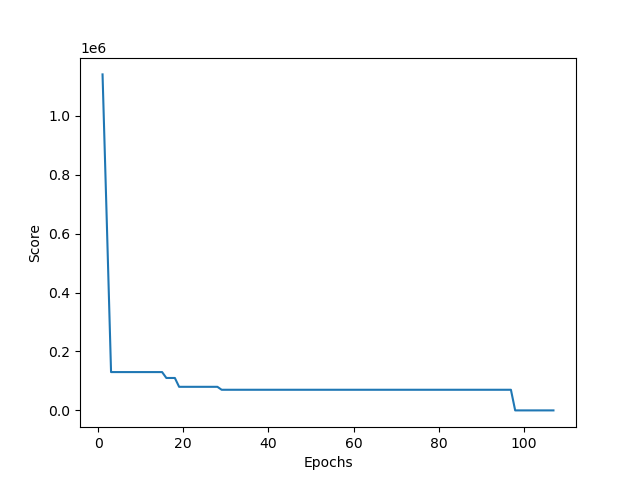Schedule Templater
Problem Statement
The project sponsor described issues with the existing scheduling workflow, which involved manually creating a schedule template and mapping it onto an annual calendar. Conflicting employee and business constraints resulted in excessive meetings and constant revisions. I was asked to automate both the creation of the template and its mapping to the calendar.
Theoretical Approach
Scheduling is a classic constraint satisfaction problem. Many algorithms can be applied; however, given the size of the state space, exhaustive search (DFS, BFS) is impractical. Even when weekends are hardcoded, assigning 3 shifts per weekday for 6 weeks results in a state space of: 790 states!
Greedy search offers a faster alternative by selecting the best local option at each step. However, it risks getting stuck in local minima. Simulated Annealing (SA) addresses this by occasionally accepting worse states to escape these local optima. My approach combines both methods, followed by local search and repair, to thoroughly analyze and satisfy constraints.
Methods
I interviewed the sponsor and individual employees to gather requirements. Constraints fell into two groups (not-exhaustive):
Employee-specific constraints
- Maximum hours per pay period
- Days each person cannot work
- Preferred shift times
- Maximum consecutive shifts
Global constraints
- Priority order for filling day shifts: Thursday → Monday → Wednesday
- Only 1 day shift every other weekend
- Only 1 day shift on Tuesday and Friday unless needed to achieve minimum hours
- All night shifts must be filled, and at least one day shift every weekday
- Employees work at least 80% of their FTE hours
Once defined, each constraint was encoded as a boolean check. I experimented with SA hyperparameters and found an initial temperature of 100 and a cooling rate of 0.9995 worked well. To avoid wasted epochs on unchanging states, I implemented a “best-state restart” after 300 stagnant iterations.
Results
Because of the stochastic nature of greedy+SA, each run varies. However, nearly all runs met all absolute constraints and minimized relative violations (typically 0–20). Analysis showed most remaining violations were “minimum rest” (time between shifts) issues—removing that constraint yielded 0 total violations.
Example run without min-rest
Initial state -> 280,004
Greedy state -> 70,009
Repair state -> 10,005
Fill state -> 10,000
Final Sweep -> 0
Example run with min-rest & hard-max days/week
Initial state -> 1,640,011
Greedy state -> 70,013
Repair state -> 5
Fill state -> 13
Final Sweep -> 13
View the final template in Google Sheets ->

Conclusion
- Greedy + SA + local repair reliably produces schedules satisfying all absolute and most relative constraints.
- No fully constraint-free solution was possible without staffing extra hours on “underserved” days—indicating the organization has more staffing capacity than demand.
- The automation reduces manual effort dramatically compared to hand-crafting templates.
Future Work
This tool automates template creation; a companion “Scheduler” maps that template to an annual calendar. Integrating both into a single workflow would be a natural next step.
References
No external publications were used, though LLM queries aided architecture and debugging.